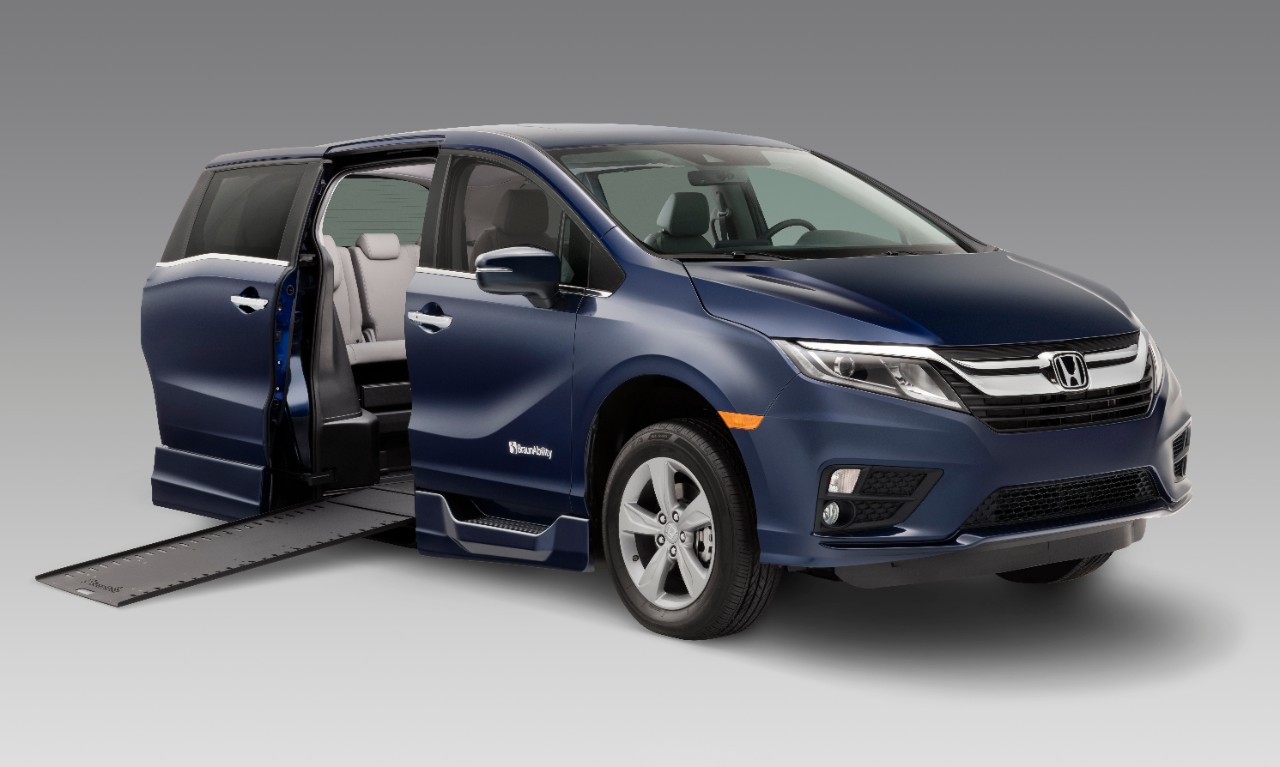
Wheelchair-accessible vehicles are used for a variety of purposes. They can provide increased independence and may be cheaper to buy than purpose-built vehicles. They can also carry up to six passengers and must meet various safety standards.
Cars Offer Greater Independence.
Wheelchair-accessible vehicles are designed with features that make it easy for wheelchair users to drive. For example, these vehicles feature a side-sliding door or fully automated ramp that allows wheelchair users to get in and out of the vehicle without assistance. They also have bespoke driving and steering adaptations so the wheelchair user can control the vehicle without assistance.
These vehicles are an excellent option for people with disabilities because they offer greater independence. They can leave the house and attend doctor’s appointments. They also help people with limited mobility get out of the house and visit other places. However, it can be challenging to find parking spaces for wheelchair users.
They Are Less Expensive Than Purpose-Built Vehicles.
For people with mobility issues, wheelchair-accessible vehicles are a cost-effective alternative to expensive purpose-built vans and SUVs. The MV-1, or mobility vehicle, is the first vehicle built specifically for wheelchair transportation. It is not a full-size van or SUV, but it seats up to six people. In addition, the vehicle is built on a beefy truck chassis and has factory warranties. Wheelchair-accessible vehicles are not as expensive as purpose-built vehicles and are less expensive to insure. A wheelchair minivan costs significantly less than a full-size SUV and has comparable interior space. Families with a wheelchair-using member often prefer the rear-entry vehicle.
They Can Take Up To Six Passengers.
There are two primary types of wheelchair-accessible vehicles: the rear-entry and the front-entry configurations. Rear-entry vehicles are simpler to build and operate, require less space, and cost less to operate and maintain. They have the same ride quality as unconverted vehicles and can fit into any garage. In addition, the rear-entry configuration has the advantage of being more flexible, with seating options for six passengers or more.
Wheelchair-accessible minivans can seat up to five passengers, while a full-sized van with a wheelchair lift can accommodate up to six people. The number of passengers may vary, and some rental agreements limit the number of passengers.
They Must Meet A Range Of Safety Requirements.
Several requirements must be met to ensure a safe ride for a wheelchair user. These requirements include turning space, accessible handrails and stanchions, and a safe stopping system. In addition, the stop control must be located within easy reach of the wheelchair user. Vehicles must also adhere to federal and state regulations regarding passenger safety.
Seats must be equipped with wheelchair tie-downs to secure the wheelchair in the non-driving position. The vehicle must also have seat belts for a person who needs a shoulder strap or back support. Additionally, wheelchairs must be installed according to manufacturer specifications. Seats must be secure and have a lowered floor. The lowered floor can be a box-like section with a sloping side or a complex structure that supports the power pan.
Nonprofit Organizations Can Fund Them.
Many nonprofit organizations offer programs for individuals with disabilities to help pay for a wheelchair-accessible vehicle. These programs may include grants, loans, or other financial aid. Applicants should be sure to check eligibility requirements and ensure that they qualify. Some nonprofits may only provide funding to individuals with specific disabilities or income levels. Some nonprofit organizations may be able to fund wheelchair-accessible vans for families. These vans can transport people with disabilities to appointments or other places. These vans are essential in restoring a sense of normalcy to wheelchair users. They enable them to get to medical appointments, emergency care centers, and other necessary places. In addition, many wheelchair users report enjoying the ability to travel with family members, enjoy the outdoors, and socialize with their loved ones.
